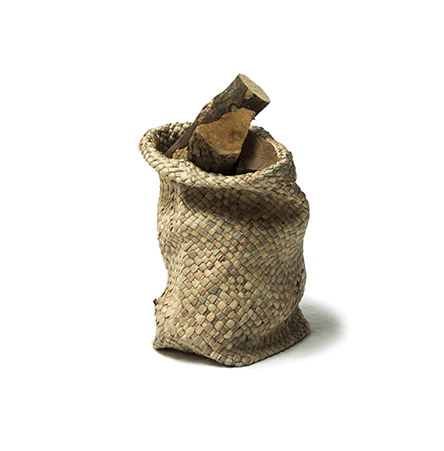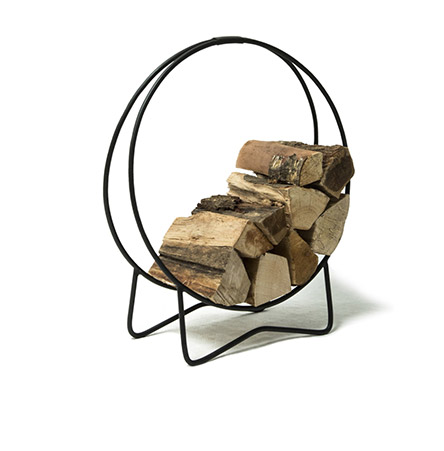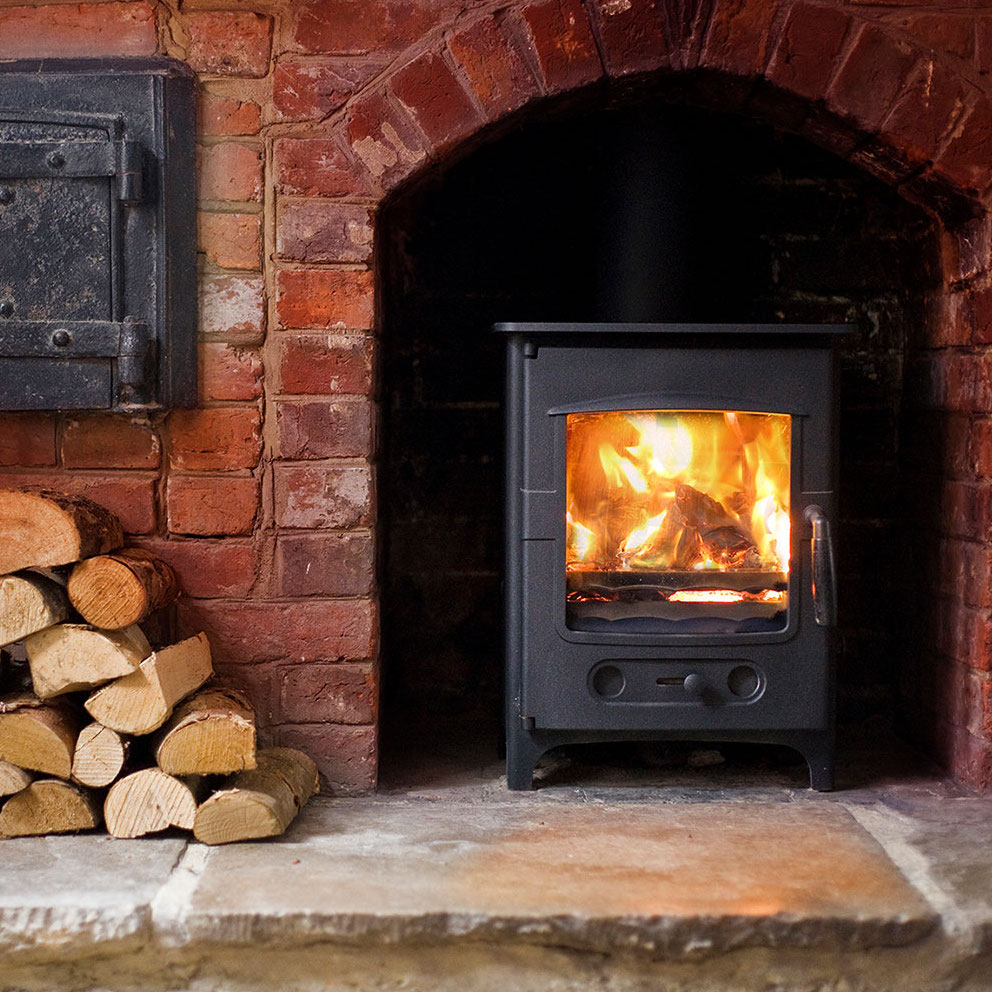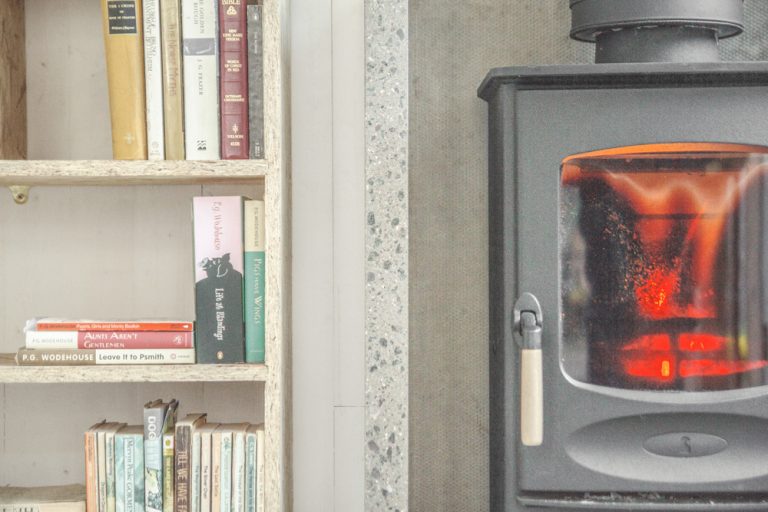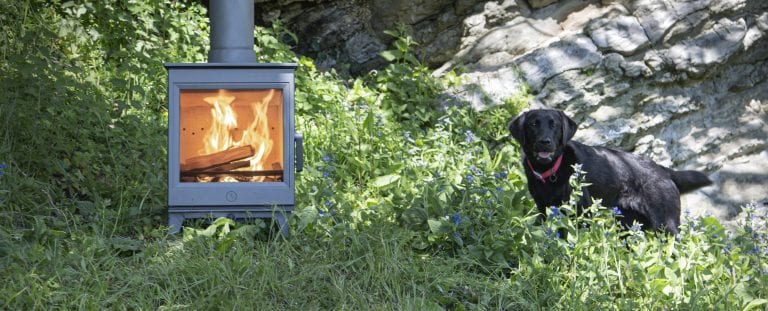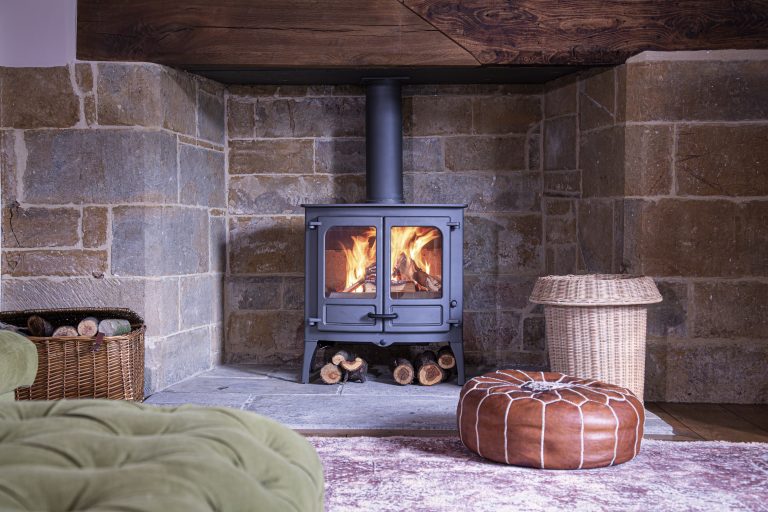Burning well seasoned, dry logs is key to getting the most from your stove. You’ll keep emissions low, efficiencies high and get more heat for less fuel.
Here are our four top tips for when cutting and seasoning your own wood:
Split wood into logs in a range of sizes to suit your stove, no larger than 6 inches in diameter. Split some smaller pieces to use as kindling.
Stack the wood in a place that gets plenty of sun and wind. Be sure the logs are stacked in a way that allows air to circulate. Ideally, keep the stack off the ground and away from the house.
Cover the stack to protect it from rain and snow. You can cover just the top, or the sides as well – just make sure the air can get in and that moisture isn’t getting trapped.
Store the wood for a year or more until the moisture content is below 20%. It’s a good idea to bring wood inside two or three days before you intend to burn it, to make sure it’s properly dried out and ready to use.
Sourcing Wood
When buying firewood, it’s best to look for well-seasoned, hardwood logs from a local, sustainable source. Wood is only sustainable when it comes from well-managed woodland, so make sure your supplier is planting new trees as the old ones are cut down. We can’t emphasise enough the importance of wood that has been well-seasoned: one year is the minimum, two years are best. Kiln dried wood is another widely available option. The wood is cut into logs and dried in large ovens, which speeds up the seasoning process and guarantees a moisture content of less than 20%.
